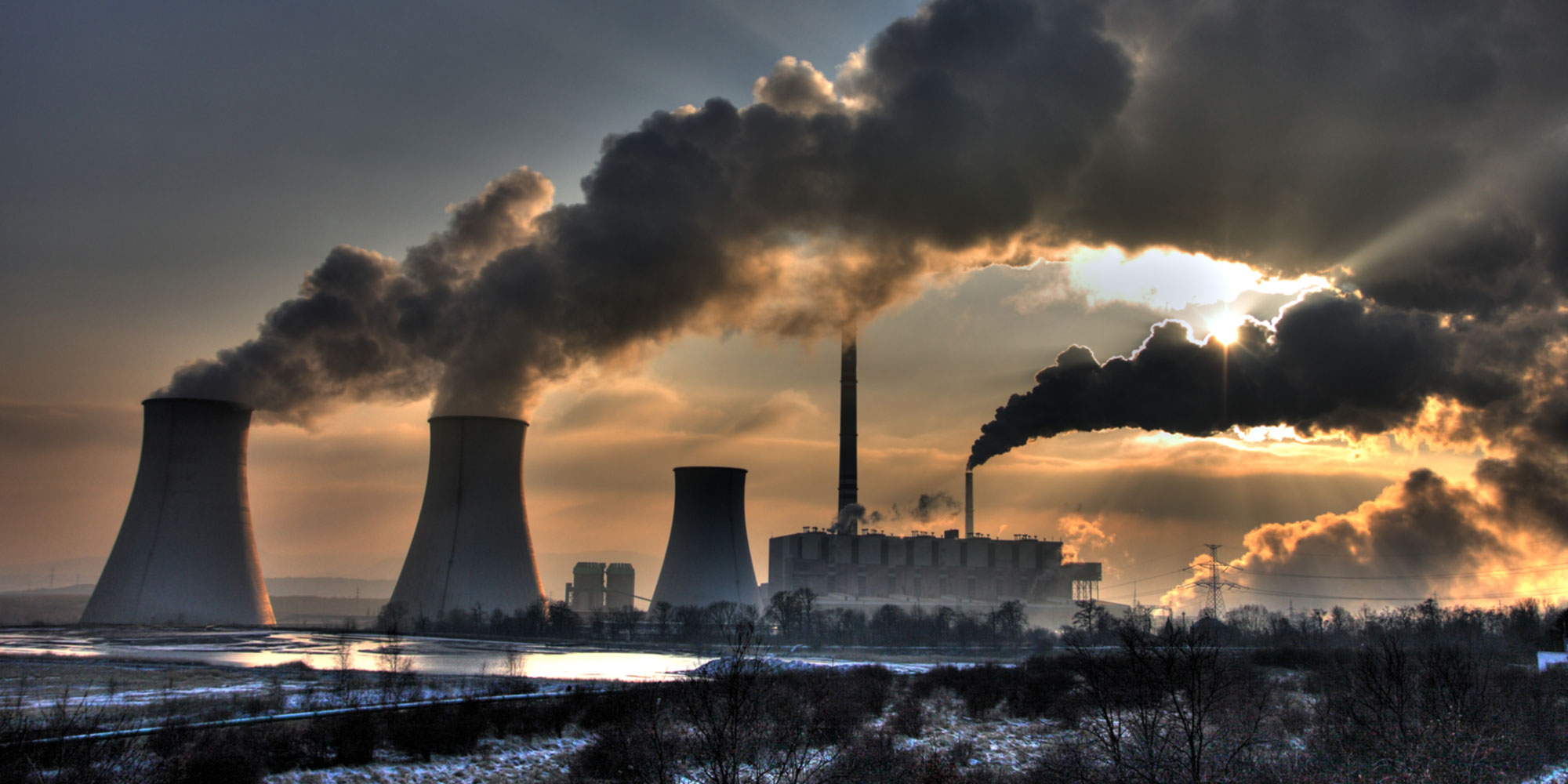Asia-Pacific’s Power Hunger: An Insatiable Appetite for Coal
|
Utilising cleaner energies and reducing carbon emissions are global goals receiving international attention. Most regions have taken progressive steps to minimise their dependence on coal fired power, supported by falling renewable prices and boosted by constrained funding for conservative fossil fuel projects by global development banks such as the Asian Development Bank and the World Bank. |
|
Although Asia-Pacific ranked on top in terms of renewable investments, it is noteworthy that the region has still continued to focus on coal power investments while the rest of the world has moved away. These investments over the recent past were mainly in China and India, together accounting for 88% of the total investment in coal plants over 2011—17. The main reasons for these investments in Asia-Pacific included the need for a reliable power source to support electrification in the region, availability of coal reserves, and support from public financial institutions in China and Japan owing to the cease of funds from global financiers such as ADB and World Bank. |
|
Asia-Pacific’s power needs rests within the trilemma – achieving energy security, economic development and meeting environmental pledges – which necessitates affordable and reliable sources of power. A key measure that allows addressing environmental pledges is High Energy Low Emissions (HELE) coal plants, which uses a collection of progressive technological improvements that cut carbon emissions by 30-40% compared to a traditional coal power plant. These cleaner coal plants added with coal’s high reliability to the electricity grid means that coal is likely to dominate the overall power mix in the Asia-Pacific through 2030E in our view. However, the region’s power mix will not be entirely dependent on coal but will be balanced with a portfolio of clean energies including the incremental use of renewables supported by declining energy storage costs, with China taking the lead (it is expected that battery storage in East Asia and Pacific record a CAGR of 34.6% from 2018-25E). Beyond 2030, another option available for the Asia-Pacific under clean energy is carbon capture and storage (CCS), where EIA has forecasted that China will progress to capturing up to 48% emissions from coal power generation by 2040E. |
|
Report Index |
|
|
The full report is only available for SPEEDA subscribers. |
|
If you would like to find out more about this report and what SPEEDA is able to offer, please kindly reach us at sp-asia.mktgroup@uzabase.com |
|
If you are subscribed to SPEEDA, please click on the following link to access the full report. |
|
https://www.ub-speeda.com/article/reportarticle/repId/UBSPD000173?2 |



